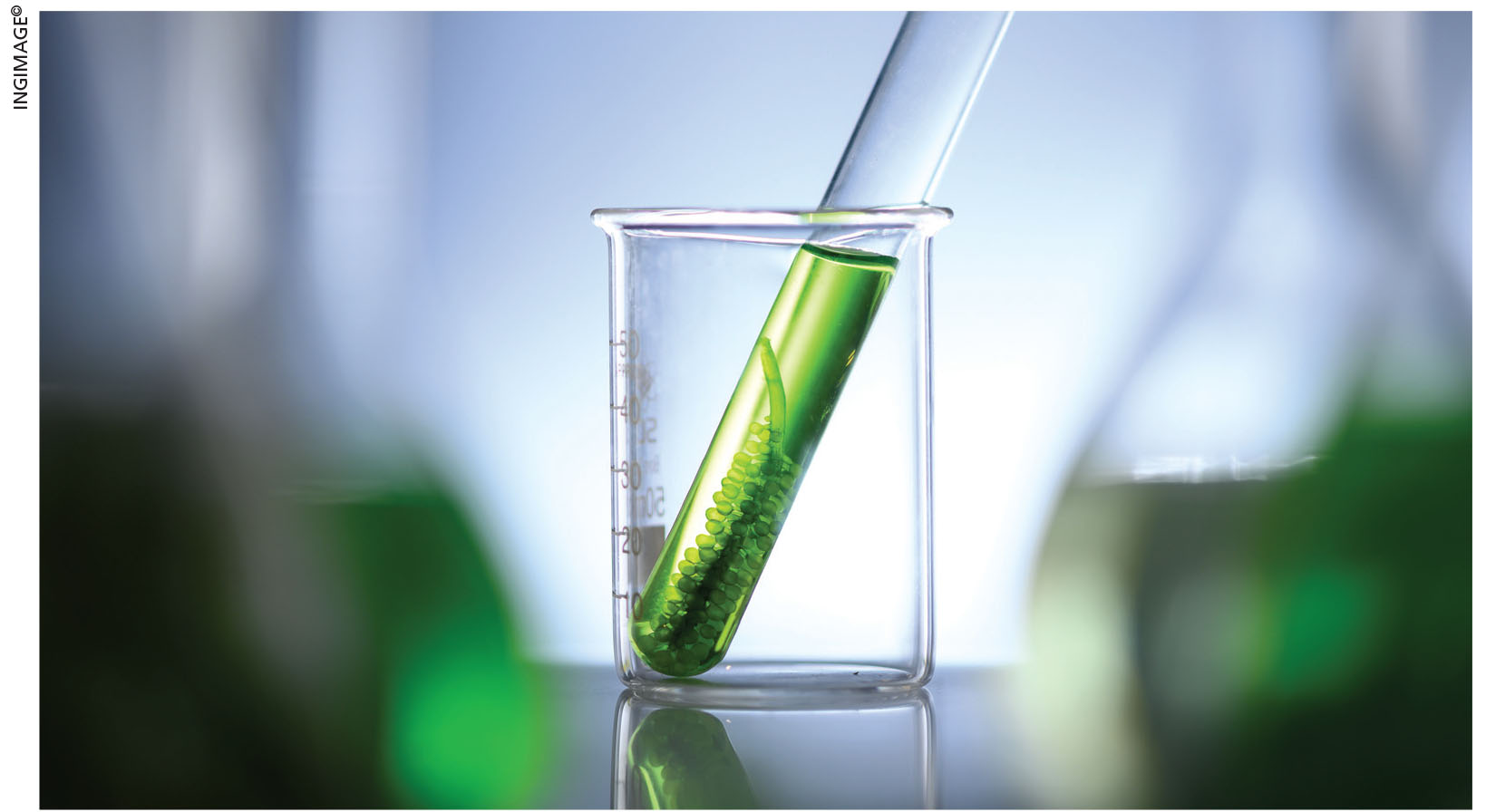ALTERNATIVE ENERGY
BIODIESEL USE IN SRI LANKA
Sashan Rodrigo makes a case for using biodiesel to reduce fuel dependency
The fuel crisis in the country has been an eye-opener for many Sri Lankans in terms of our dependence on conventional diesel and petrol imports. A solution to this problem could be to utilise locally produced biodiesel as a substitute for critical needs such as energy and logistics.
Historically, biodiesel has not gained much traction due to the need to use food to produce energy. While that is one method of producing biofuel however, there are others that don’t require the utilisation of food.
According to Lt. Col. Chandana Weerakoon, who advocated the use of biodiesel back in 2015, its efficiency is three times more than fossil
fuel diesel; and its use will benefit the financial well-being of the country.
Furthermore, biodiesel systems have been tested by the Coconut Research Institute (CRI) where a vehicle was successfully driven using coconut oil. So why hasn’t it been promoted or used on a greater scale?
Well, it’s because there are a large number of misconceptions surrounding the production of biodiesel, as well as this alternative coming under the renewable energy umbrella.
Sri Lanka’s history of utilising renewable energy has been poor; and though we have plenty of it around us, we’ve failed to capitalise on these renewables.
Biodiesel is produced by using recycled vegetable oil or animal waste and then putting that liquid through a transesterification process. Basically, this process involves fats or oils reacting with alcohol to produce esters and glycerine, which are by products.
The glycerine can then be refined to be used in soap and the methanol can be combined with a catalyst to generate crude biodiesel, which can be refined to produce biodiesel.
If anyone is thinking about doing this at home, a word of caution: glycerine is a highly flammable and dangerous substance to work with. So it’s not recommended to start production in your backyard! The process to produce bio-diesel must not be confused with renewable or ‘green diesel,’ which is a different process.
According to the United States Department of Energy, biodiesel has many benefits. The US, which is the largest producer of biodiesel globally, has integrated it into the energy sector and this helps to manage demand for power.
In diesel engines, emissions such as nitrogen oxide (NOx) and carbon dioxide (CO2) are reduced significantly when using biodiesel. This is especially true for engines manufactured after 2010, which have had selective catalytic reduction (SCR) technology installed in them, which reduce CO2 emissions by 74 percent and NOx to near zero levels compared with using regular diesel.
There are several blends of biodiesel – namely B5, B20 and B100. B20 is the most commonly used while B100 is less so. Emission levels are commensurate with the blend level of the biodiesel.
For example, B20 would have 20 percent of the emission reduction benefit of B100. It should be noted that B20 is widely used because it provides a good balance between energy output for every gallon and biodiesel content.
In Sri Lanka, we have plenty of options when it comes to producing biodiesel. Waste vegetable oil (WVO) and animal fats that can be obtained from hotels or homes can be used as a good feedstock.
The highest yield feedstock for biodiesel is algae, which can produce 250 times the amount of oil for each acre as soybeans. When it comes to using seeds, Sri Lankans already know how to extract biodiesel from high fat types such as domba and mee.
Sri Lanka can also produce a large quantity of biodiesel especially since home scale brewing operations, if done right, are extremely profitable and can supplement current energy sources. Additionally, it reduces damage to the environment and requires less waste management. This also enables consumers to retain more resources and revenue within their communities.
In Sri Lanka, the market can include owners of hand tractors and tractors, as well as diesel powered trucks. And if modified correctly, biodiesel can even be used for generators of telecom towers and power plants, and this can ease the burden of importing diesel.
Government regulations to increase biodiesel production will also assist in increasing the quantity of this fuel present in the country. In New Zealand, technological advancements include a method that has been developed to use sewage waste as a substrate for algae, which can then be used to produce biodiesel and greatly increase yield amounts.
Biodiesel should be promoted and made use of to supplement the energy sector especially since Sri Lanka has plenty of resources to do so.
Another major advantage is that Sri Lankans already know how to make biodiesel. A market should be created and developed for the production, sale and use of biodiesel as this will bring in much needed revenue and help alleviate our need to import fuel – at least, to a certain extent. This will also provide some respite to our ailing economy.




